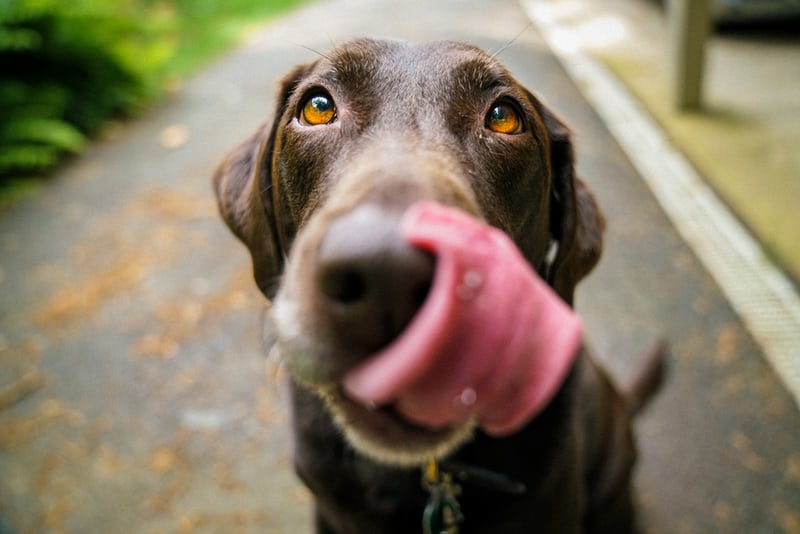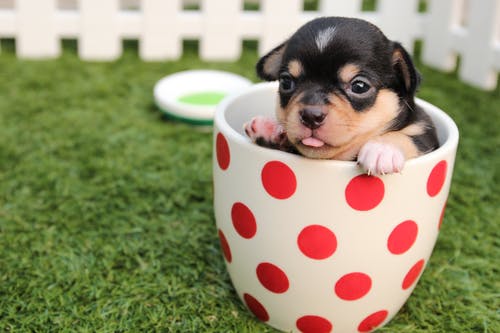Grooming is an integral part of pet care. Keeping your animal companions looking and feeling their best helps them stay healthy. Plus, it’s also an excellent method to show them, love. But how often should you provide your pet with a good scrub? The answer depends on the type of pet you own. Read on to find out more.
What is involved in pet grooming?
Various pets need different standards of grooming. But listed here are the specific services included in a pet grooming process:
Brushing the Coat
Brushing helps get rid of dirt, debris, and dead hair from your pet’s coat. It also activates the natural oils in the skin to help keep it nourished and healthier. Brushing can also help prevent mats and tangles from forming while spreading natural oil over your dog’s layer for a gleaming shine. Doing it regularly will make it much easier to detect any changes or abnormalities on their skin that could indicate a health issue.
Here’s how to do it:
- Brush in the direction of the fur, starting at your pet’s head and working your way down.
- Start with a soft brush and shift to a hard bristle brush or slicker brush if needed.
- Use long strokes and make sure you get right down to the skin.
- You may use a shedding blade to help remove excess hair.
Bathing
Regular baths help keep your pet’s skin and coat well-maintained and free of dirt, debris, and excess oils that can cause irritation and other problems. Not to mention, it helps them stay smelling fresh. When deciding on a shampoo for your pet, select one created for their fur type or skin condition. It’s also important to avoid using human shampoo as these products are generally too harsh for pets’ delicate layers.
During the bath, use lukewarm water and gently massage the soap from the tail to the head before thoroughly rinsing. Afterward, dry out your pet completely with a bath towel or blow dryer set on cool before allowing them outside again.
Nail Trimming
Cutting a pet’s nails is a vital part of grooming that helps prevent overgrowth or splitting. If you let your pet’s nails get too long, it can cause pain when they walk and also put them in danger of infections. It’s best to have a professional groomer execute the job if you are uncomfortable doing it yourself.
Cleaning Ears and Eyes
Regularly cleaning your pet’s ears and eyes helps eliminate dirt and debris that can accumulate from playing outside. This will help prevent ear infections or eye irritation caused by irritants like pollen, dust, or debris.
Here’s how to do it:
- Gently clean your pet’s ears with a wet cloth.
- If necessary, you can use an ear-cleaning solution to help remove any buildup.
- To clean their eyes, use a cotton ball soaked in lukewarm water and carefully wipe away from the corner of their eye.
Teeth Cleaning
Like humans, pets must have their teeth brushed regularly to maintain a healthier mouth. This helps prevent tartar buildup, foul breath, and other dental problems if left unattended. Use pet-specific toothpaste when brushing your pet’s teeth, as human toothpaste can contain hazardous ingredients for animals. You also want to make sure you choose a soft brush primarily created for animal mouths.
Here are tips for safe teeth cleaning:
- Start off by getting your dog used to having their mouth touched by gently massaging the area around its lips. Use a bandage wrapped around your finger or a finger cap scrubber designed for pet teeth cleaning.
- Once they fit, you can recommend the toothbrush and toothpaste.
- Brush in a circular motion on each side of your pet’s teeth for about two minutes. When finished, reward your dog with a treat or some extra love.
You should visit an animal clinic Stockton for advice on proper pet grooming and how it might benefit your pet’s health.
What is the ideal pet grooming schedule?
The frequency of grooming your pet depends upon its breed and overall size. Generally, small dogs need to be groomed every 4-8 weeks, and large breed pet dogs should have a grooming session every 6-8 weeks. Long-haired dogs should be groomed every 8-12 weeks, while short-haired types can get away with just a few times yearly.
Below is an in-depth guide:
- Brushing of hair
In general, it is advisable to brush your pet’s fur once a week. But for best results, you can do it every 3 to 4 days for short-haired dogs and every 2 to 3 days for long-haired ones. If you need to comb them more than 2 to 3 times a week, use a soft-bristled brush as it won’t damage their coats.
- Bathing
The general rule is you should bathe your dog once a month unless they’re smelly or dirty. However, if you live in an environment with moisture, you may need to bathe them more often.
For instance, drop-coated breeds like Shi Tzus and Yorkshire Terriers may need a bath every three weeks because their hair has a tendency to collect oil and debris. A regular bath is beneficial for your pet’s health in many ways, and you can read more about it here.
- Nail trimming
Nail trimming must be carried out every two weeks. But if you can hear them clicking against the floor when they walk, it’s time to clip them.
- Cleaning of ears and eyes
You must wash your pet’s eyes and ears once a week.
- Teeth cleaning
Clean your dog’s teeth approximately 2 to 3 times per week.
Note that your vet may propose a different schedule depending on your pet’s breed, measurements, and way of life. Always ask your veterinarian for more expert advice.
Key Takeaways
Regular grooming is crucial for preserving your pet’s health and hygiene. The grooming schedule depends on the pet’s breed, size, and way of living. But generally, you may need to groom your small dog every 4 to 8 weeks. If you have a large breed pup, it can be done every 6 to 8 weeks.
On top of that, you should groom your long-haired pets once every 8 to 12 weeks, while short-haired ones may require fewer sessions. Your vet may recommend different schedules after analyzing your dog’s demands.



